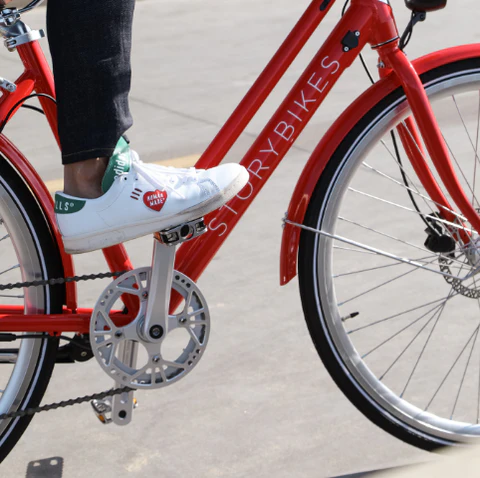One of the most appealing features of electric bikes is their pedal-assist systems (PAS). These systems activate the motor as you pedal, helping you go faster, farther, and with less effort than on a regular bike. While all e-bikes have some form of PAS, each system works a bit differently. There are two main types of pedal assist systems: torque sensing and cadence sensing. Both detect your pedaling and send a signal to the motor, but they do so in different ways. The differences between them can affect how smooth your ride feels and how long your battery lasts. Learning about e-bikes can be confusing, especially if you're new to the scene. There's a lot of jargon and technical terms that can make it hard to know what to look for. If you're thinking about buying an e-bike, it's important to understand these systems to make the best choice for your needs. We’re here to help. In this article, we’ll break down the differences between torque and cadence sensing, and explain the pros and cons of each so you can make an informed decision. Cadence sensing systems use a magnet attached to the crank arm. When you start pedaling, the sensor detects the movement and turns on the motor. It acts like a switch—once you stop pedaling, the assist stops too. You can adjust the level of assistance manually, depending on how much power you want. The main benefit of cadence sensing is that it’s usually more affordable. Bikes with this system tend to be cheaper because the technology is simpler. However, they work best on flat terrain. On hills or inclines, the system may feel less responsive and less efficient. Torque sensing is a more advanced system. Instead of just detecting movement, it measures the actual force you apply to the pedals. This makes the motor respond more naturally to your riding style. Think of it as a "smart" system that adjusts the assist based on how hard you’re pushing. For example, when you hit a hill and push harder, the bike automatically gives you more support. Once you reach flat ground, the assist eases off. If you’re going downhill, the system might even turn off the assist completely to save energy. While torque sensing systems are typically more expensive, they offer a smoother ride and better battery efficiency. We'll dive deeper into how torque sensing affects battery life below. One of the biggest differences between the two systems is how smooth the ride feels. Cadence sensing can feel abrupt and jerky, especially when you're changing speed or climbing hills. Torque sensing, on the other hand, syncs more closely with your movements, making the ride feel more natural and fluid. Another key difference is how they impact battery life. Cadence systems rely on the speed at which you pedal, not the force. This means they can waste energy when you're slowing down or going downhill. Torque systems, however, only provide assistance when you need it, which helps extend your range. This makes torque sensing ideal for hilly areas or longer rides. If you're planning to tackle varied terrain, a torque-based system will likely give you more satisfaction and better performance over time. In short, torque sensing is a more advanced and efficient system compared to cadence sensing. It provides a smoother ride and uses battery power more effectively. That said, cadence systems are often more budget-friendly and can still work well for casual riders who stick to flat paths. If you're looking for a long-term investment, torque sensing is the way to go. It adapts to your fitness level and riding style, making it a versatile option. But if you're on a tight budget and don’t plan on doing much uphill cycling, cadence sensing could be a good fit for you. Ready to get on the road? Our e-bikes are designed to be affordable, high-quality, and energy-efficient. Whether you're looking for a step-through model, a road bike, or a commuter bike, we combine classic design with modern tech to ensure a safe and smooth ride every time. Plus, for every bike we sell, we donate one to a student in Zimbabwe. So you’re not just buying a bike—you’re helping someone else ride too. Explore our collection today and feel free to reach out with any questions. Let’s find the perfect e-bike for you! Cold Drawn Seamless Steel Tube,Carbon Steel Seamless Steel Tube,Cold Finished Seamless Steel Tube,ASTM Seamless Steel Tube Shandong Rizhaoxin Metal Products Co., Ltd. , https://www.cysteelcoil.com
Cadence Sensing: What It Is
Torque Sensing: What It Is
Torque vs. Cadence: Key Differences
The Bottom Line